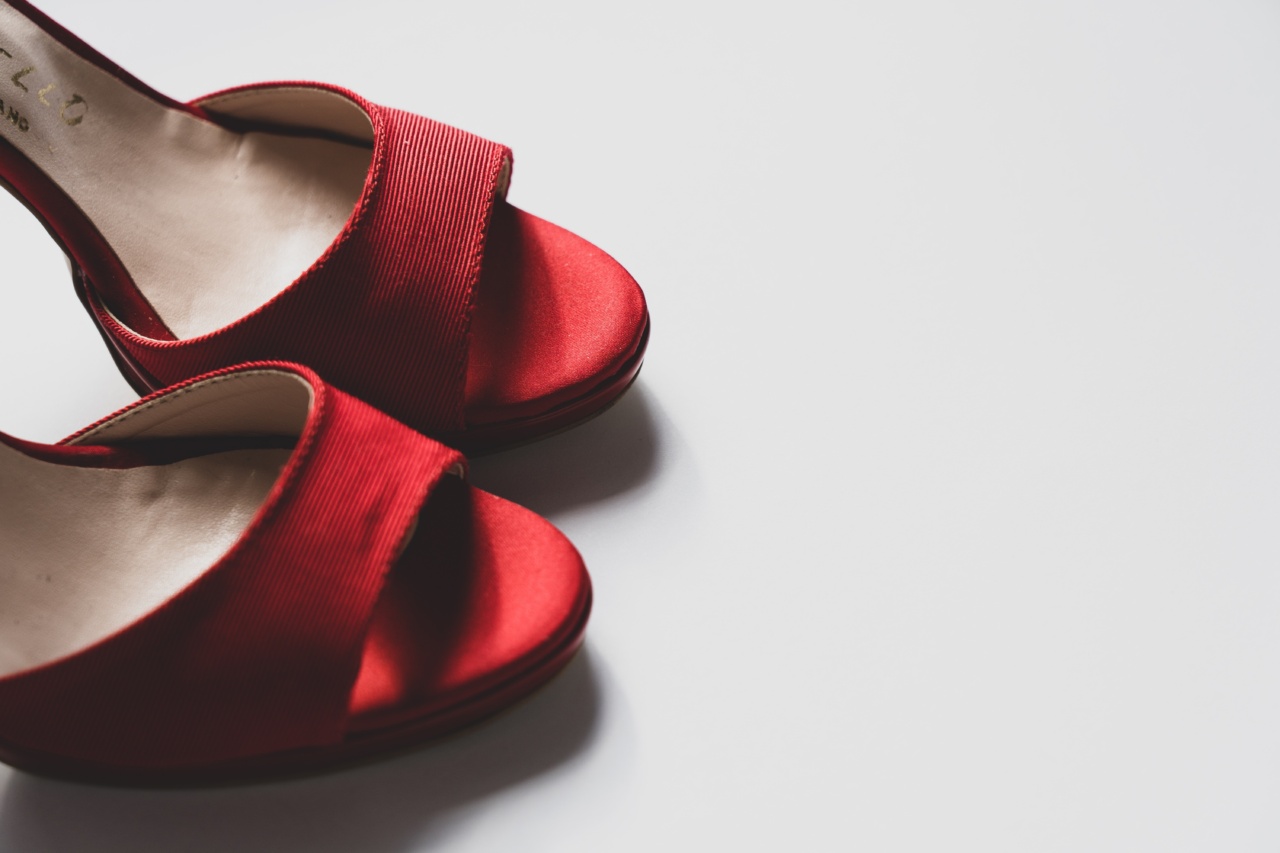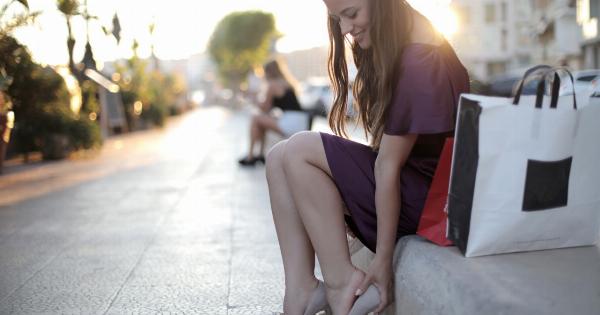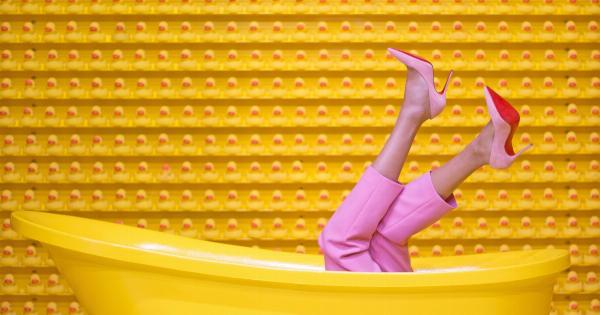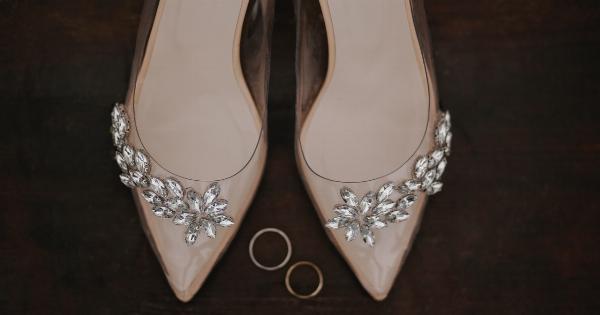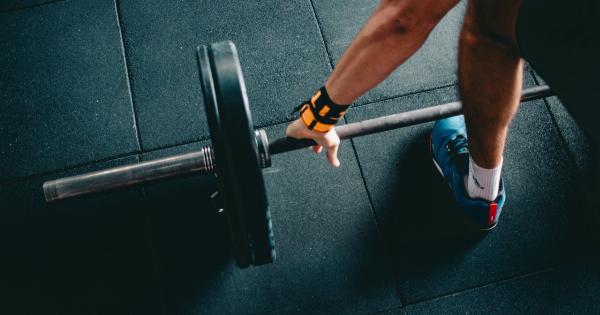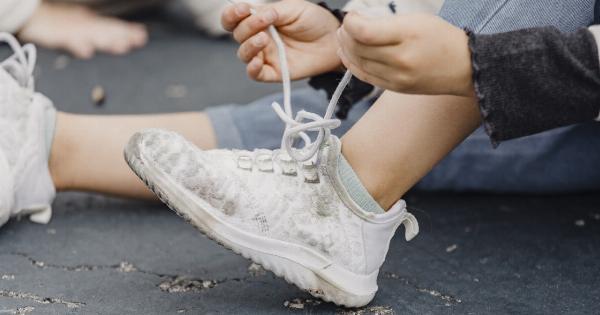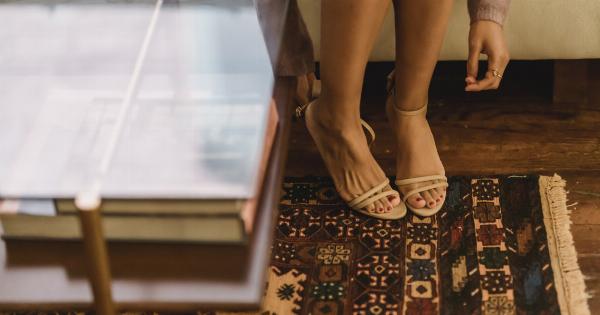During pregnancy, women experience numerous physical changes that require adjustments in their daily routines, including the way they dress and the types of footwear they choose.
While many women may be tempted to continue wearing high heels throughout their pregnancy, it may be a mistake due to the potential risks and discomfort involved. This article explores the reasons why wearing high heels while pregnant may not be advisable and suggests alternative footwear options for pregnant women.
1. Increased Risk of Falls
One of the main concerns with wearing high heels during pregnancy is the increased risk of falls. As pregnancy progresses, the body’s center of gravity shifts and the ligaments become more relaxed, making it easier to lose balance.
High heels, with their narrow base and elevated height, can further destabilize a pregnant woman’s posture, increasing the chances of tripping or falling. These falls can lead to serious injuries to both the mother and the unborn baby.
2. Strain on the Feet and Ankles
Pregnancy already puts significant strain on a woman’s feet and ankles due to weight gain and changes in hormone levels.
Wearing high heels exacerbates these issues by placing additional pressure on the feet, which can lead to foot pain, swelling, and discomfort. The lack of support and cushioning in high heels also increases the risk of developing conditions such as plantar fasciitis and varicose veins.
3. Back and Posture Problems
As the pregnancy progresses, the woman’s growing belly alters her center of gravity, causing the spine to curve more than usual. This change in posture can lead to lower back pain and discomfort.
Wearing high heels while pregnant further exacerbates these problems by forcing the spine into an unnatural alignment and putting excessive strain on the lower back. Maintaining good posture during pregnancy is essential for the well-being of both the mother and the baby.
4. Increased Pressure on the Pelvic Floor
The pelvic floor refers to the group of muscles that support the uterus, bladder, and intestine. During pregnancy, these muscles need to bear the weight of the growing baby.
Wearing high heels, especially those with a pointed toe, can increase the pressure on the pelvic floor and contribute to problems such as pelvic pain and incontinence. It is crucial to prioritize the health and well-being of these muscles during pregnancy to prevent long-term complications.
5. Poor Circulation and Swelling
Pregnant women often experience poor circulation, which can lead to swelling in the feet and ankles. Wearing high heels further restricts blood flow, as the feet are cramped in a tight space.
This can exacerbate the swelling and discomfort, making the woman more prone to conditions like edema. Opting for comfortable footwear with ample space for the feet to breathe can help improve circulation and reduce swelling during pregnancy.
6. Balance and Stability Issues
Pregnancy hormones, such as relaxin, cause the ligaments to loosen in preparation for childbirth. This increased laxity affects the stability of the joints, making pregnant women more prone to sprains and strains.
Wearing high heels adds further instability to the equation, as the heels can make it challenging to maintain balance. Opting for flat or low-heeled shoes with good grip can provide the necessary stability and reduce the risk of falls or injuries.
7. Increased Discomfort and Fatigue
Pregnancy itself often brings about discomfort and fatigue due to the physical changes and hormonal fluctuations. Wearing high heels only adds to this discomfort, as the feet are forced into an unnatural position that can lead to added strain and pain.
As the pregnancy progresses, it becomes essential to prioritize comfort and support over fashion. Choosing shoes with cushioning and arch support can help alleviate some of the discomfort and fatigue associated with pregnancy.
8. Impact on the Baby
Wearing high heels during pregnancy not only affects the mother but can also impact the baby. The increased risk of falling mentioned earlier poses a significant threat to the baby’s well-being.
Falls can potentially lead to premature labor, placental abruption, or even fetal injury. Additionally, the altered posture and restricted circulation caused by high heels can also affect the baby’s growth and development.
Prioritizing the safety and health of both the mother and the baby is crucial when it comes to footwear choices during pregnancy.
9. Safer Footwear Alternatives
While high heels may not be the best footwear choice during pregnancy, there are plenty of safer alternatives that provide both style and comfort. Some options include:.
– Flats or low-heeled shoes: Opt for shoes with good arch support and a sturdy sole to provide stability and prevent strain on the feet.
– Sneakers or athletic shoes: These provide optimal cushioning, support, and grip, making them ideal for pregnant women who want to stay active or need extra comfort.
– Sandals with adjustable straps: Look for sandals that have adjustable straps to accommodate any swelling and provide a customized and secure fit.
– Slip-on shoes or loafers: These shoes eliminate the need for bending or tying laces, reducing strain and discomfort.
– Supportive inserts or orthotics: Inserting specialty insoles or orthotic devices into your shoes can help alleviate foot and back pain while providing necessary support.
10. Prioritizing Comfort and Safety
Ultimately, the decision of footwear during pregnancy should prioritize comfort and safety over fashion and style. It is essential to listen to your body’s needs and adapt accordingly.
Regularly assessing shoe size, opting for wider or adjustable options, and avoiding heels higher than two inches can help ensure a comfortable and safe experience during pregnancy. Consulting with a healthcare professional or a podiatrist can provide further guidance based on individual circumstances.
Conclusion
While high heels may be a staple in many women’s wardrobes, wearing them during pregnancy may not be the best choice.
The increased risk of falls, strain on feet and ankles, back and posture problems, pressure on the pelvic floor, poor circulation, balance and stability issues, discomfort and fatigue, impact on the baby, all suggest the need for alternative footwear options for pregnant women. Prioritizing comfort, safety, and well-being during this special time is essential for a healthy pregnancy and a positive experience.
